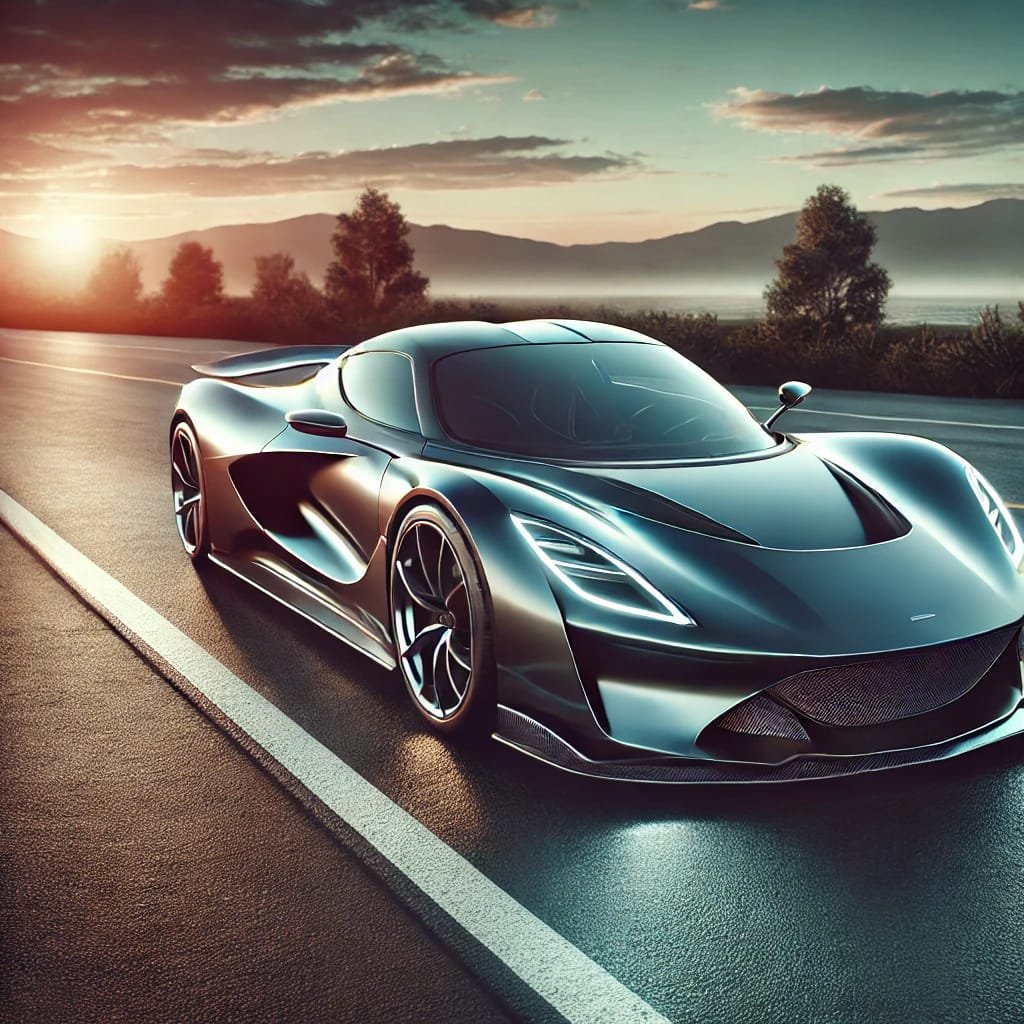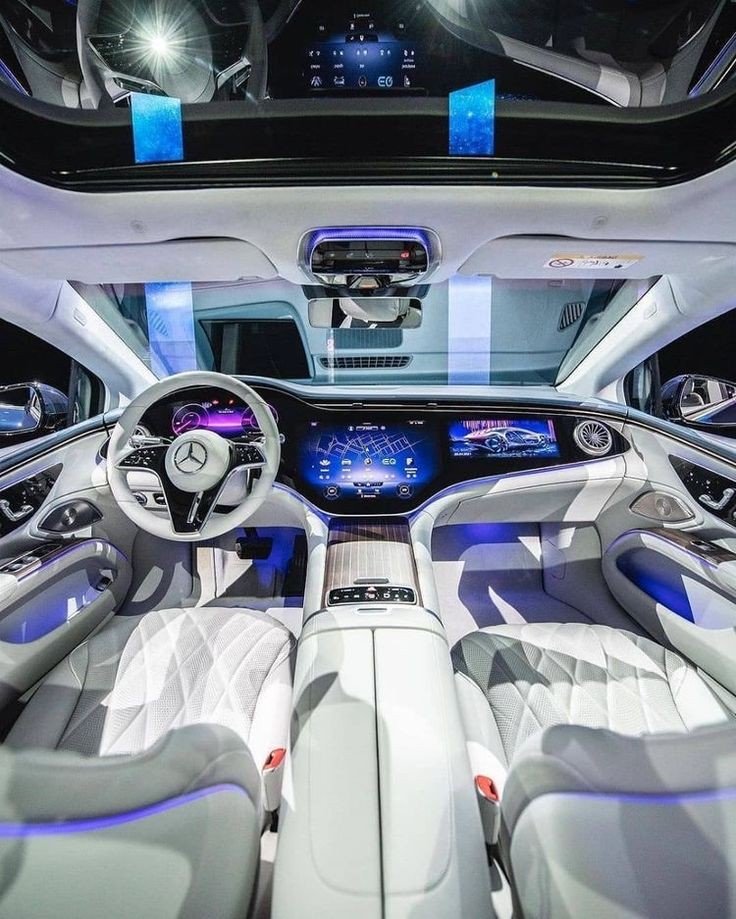
Tesla Inc., founded in 2003, has become synonymous with innovation in the automotive industry. Originally viewed as an ambitious startup, Tesla has grown into a dominant force in the market, leading the charge toward a sustainable, electric future. This article delves into the company’s history, technological advancements, market influence, and its broader impact on various industries.
The Genesis of Tesla
Founding and Early Days
Tesla Motors was founded by Martin Eberhard and Marc Tarpenning in July 2003, with the mission to accelerate the advent of sustainable transport by bringing compelling mass-market electric cars to market as soon as possible. Elon Musk, the company’s most recognizable figure, joined shortly after as chairman of the board following his significant investment in the company.
The early years were marked by skepticism and financial struggles. Developing a viable electric vehicle (EV) that could compete with traditional internal combustion engine (ICE) cars was a formidable challenge. However, the release of the Tesla Roadster in 2008 demonstrated the potential of electric vehicles, showcasing impressive performance and range.
The Roadster: Breaking New Ground
The Tesla Roadster, introduced in 2008, was the first production automobile to use lithium-ion battery cells and the first production EV with a range greater than 200 miles per charge. Despite its high price and limited production, the Roadster set the stage for Tesla’s future, proving that electric cars could be both high-performing and desirable.
Technological Advancements
Battery Technology
One of Tesla’s most significant contributions to the automotive industry is its advancements in battery technology. The company’s development of high-density lithium-ion batteries has been crucial in improving the range, performance, and affordability of electric vehicles.
- Gigafactories: To scale battery production and reduce costs, Tesla built massive manufacturing facilities known as Gigafactories. The first, located in Nevada, was constructed in partnership with Panasonic. These factories are essential for meeting the growing demand for Tesla vehicles and energy products.
- Battery Innovations: Tesla continuously works on improving battery technology. The introduction of the 4680 battery cell in 2020 marked a significant leap, offering higher energy density, improved thermal management, and reduced production costs.
Autopilot and Full Self-Driving (FSD)
Tesla’s Autopilot and Full Self-Driving (FSD) systems represent some of the most advanced autonomous driving technologies available to consumers. These systems utilize a combination of cameras, ultrasonic sensors, radar, and advanced AI algorithms to provide driver assistance and, eventually, full autonomy.
- Autopilot: Initially introduced in 2014, Autopilot offers features such as adaptive cruise control, lane-keeping assist, and automatic lane changes. The system has evolved over the years, incorporating more sophisticated capabilities.
- Full Self-Driving: Tesla’s FSD aims to achieve full autonomy. While not yet fully realized, the beta version of FSD can navigate city streets, handle complex traffic scenarios, and perform automated parking. Tesla regularly updates the software, leveraging real-world data collected from its fleet.
Energy Solutions
Beyond automobiles, Tesla has expanded into energy solutions, focusing on solar power and energy storage.
- Solar Products: Tesla acquired SolarCity in 2016, enabling it to offer solar panels and solar roof tiles. These products allow homeowners to generate renewable energy and reduce their reliance on the grid.
- Energy Storage: Tesla’s Powerwall, Powerpack, and Megapack products store energy for residential, commercial, and utility-scale applications. These storage solutions are crucial for stabilizing the grid and supporting the integration of renewable energy sources.
Market Influence
Disrupting the Automotive Industry
Tesla’s impact on the automotive industry cannot be overstated. The company has forced traditional automakers to accelerate their own electric vehicle programs, leading to increased competition and innovation.
- Model S, 3, X, and Y: Tesla’s lineup of vehicles – the luxury Model S sedan, the affordable Model 3 sedan, the Model X SUV, and the compact Model Y SUV – have set new standards for performance, safety, and technology in the EV market.
- Cybertruck and Roadster 2.0: Tesla continues to push the envelope with upcoming models like the Cybertruck, an all-electric pickup, and the Roadster 2.0, which promises unprecedented performance figures.
Financial Performance
Tesla’s financial journey has been a rollercoaster, marked by periods of intense scrutiny and criticism. However, the company’s recent financial performance has silenced many critics.
- Revenue Growth: Tesla’s revenue has grown significantly, driven by increasing vehicle deliveries and expanding energy product sales. In 2020, Tesla reported over $31 billion in revenue, a substantial increase from previous years.
- Profitability: After years of operating losses, Tesla achieved consistent profitability starting in late 2019. This profitability has been sustained through improved operational efficiency and higher sales volumes.
- Stock Market Performance: Tesla’s stock (TSLA) has experienced meteoric growth, reflecting investor confidence in the company’s long-term potential. The stock’s performance has made Tesla one of the most valuable automakers in the world.
Environmental Impact
Reducing Carbon Emissions
Tesla’s core mission revolves around reducing global carbon emissions through sustainable energy solutions. The company’s vehicles and energy products contribute significantly to this goal.
- Electric Vehicles: By displacing ICE vehicles, Tesla’s EVs reduce tailpipe emissions, a major source of urban air pollution and greenhouse gases.
- Renewable Energy Integration: Tesla’s solar products and energy storage solutions facilitate the use of renewable energy, reducing dependence on fossil fuels and lowering overall carbon emissions.
Lifecycle Emissions
While EVs produce zero tailpipe emissions, it is essential to consider their lifecycle emissions, which include manufacturing, operation, and disposal.
- Battery Production: Manufacturing batteries is energy-intensive and can produce significant emissions. However, Tesla is working to reduce these impacts through improved production processes and the use of renewable energy at its Gigafactories.
- Recycling and Second Life: Tesla is developing programs to recycle batteries and explore second-life applications, such as grid storage, to extend their useful life and minimize environmental impact.
Challenges and Criticisms
Production and Delivery Challenges
Tesla has faced numerous production and delivery challenges, particularly as it scales up to meet increasing demand.
- Production Bottlenecks: The rapid ramp-up of production, especially for the Model 3, led to significant bottlenecks and delays. Tesla has since improved its manufacturing processes, but scaling production remains a complex challenge.
- Supply Chain Issues: The global supply chain disruptions, particularly during the COVID-19 pandemic, have impacted Tesla’s ability to source components and meet delivery timelines.
Quality and Reliability Concerns - Tesla vehicles have been subject to quality and reliability concerns, including issues with build quality, software bugs, and component failures.
- Quality Control: Early production runs of new models have sometimes been plagued by quality control issues. Tesla has taken steps to address these concerns, but maintaining consistent quality as production scales is an ongoing challenge.
- Service and Support: As Tesla’s vehicle fleet grows, ensuring adequate service and support infrastructure is critical. The company has expanded its service centers and mobile service fleet to meet this demand.
Regulatory and Legal Challenges
Tesla operates in a highly regulated industry and has faced legal challenges related to its Autopilot system, labor practices, and environmental impacts.
- Autopilot Safety: The safety of Tesla’s Autopilot system has been scrutinized following accidents involving the technology. Regulatory agencies are evaluating the system’s safety and the company’s marketing practices.
- Labor Practices: Tesla has faced allegations of unsafe working conditions and anti-union practices at its factories. The company has taken steps to improve workplace safety and address these concerns.
Future Prospects
Expansion Plans
Tesla has ambitious plans for global expansion, with new factories and markets on the horizon.
- Gigafactories: Tesla is building new Gigafactories in Berlin, Germany, and Austin, Texas, to increase production capacity and meet growing demand. These facilities will produce vehicles, batteries, and energy products.
- International Markets: Tesla continues to expand its presence in international markets, particularly in Europe and Asia. Local production in these regions will help reduce costs and improve delivery times.
Advancements in Autonomous Driving
Tesla’s push toward full autonomy is a critical part of its future strategy.
- Full Self-Driving (FSD): The continued development and refinement of Tesla’s FSD system are central to the company’s vision of autonomous transportation. Achieving regulatory approval for full autonomy will be a significant milestone.
- Robo-taxis: Tesla envisions a future where its vehicles operate as autonomous robo-taxis, providing transportation services without human drivers. This could revolutionize the ride-hailing industry and create new revenue streams for the company.
- Energy Products and Sustainability
Tesla’s focus on energy products and sustainability will continue to grow. - Energy Storage Solutions: Expanding the production and deployment of energy storage solutions, such as the Megapack, will be crucial for supporting renewable energy integration and grid stability.
- Sustainable Manufacturing: Tesla aims to make its manufacturing processes more sustainable, using renewable energy and reducing waste. The company’s goal is to achieve the lowest possible environmental footprint.
Tesla’s journey from a niche electric vehicle startup to a global leader in automotive and energy innovation is a testament to its vision, determination, and technological prowess. The company has disrupted the automotive industry, pushed the boundaries of battery and autonomous driving technology, and advanced the cause of sustainability.
Despite facing numerous challenges, including production hurdles, quality concerns, and regulatory scrutiny, Tesla continues to forge ahead with ambitious plans for expansion and innovation. As the world transitions to sustainable energy, Tesla’s role in shaping the future of transportation and energy will remain pivotal. The company’s impact extends beyond its products, influencing industry trends, consumer expectations, and global efforts to combat climate change.
In conclusion, Tesla embodies the spirit of innovation and the pursuit of a sustainable future. Its achievements have not only redefined what electric vehicles can be but also inspired a broader movement toward cleaner, more efficient energy solutions. As Tesla continues to evolve and expand, its legacy as a pioneer and disruptor in the automotive and energy sectors is assured.
ALSO READ: Tesla’s Market Share in US EV Market Falls Below 50%







